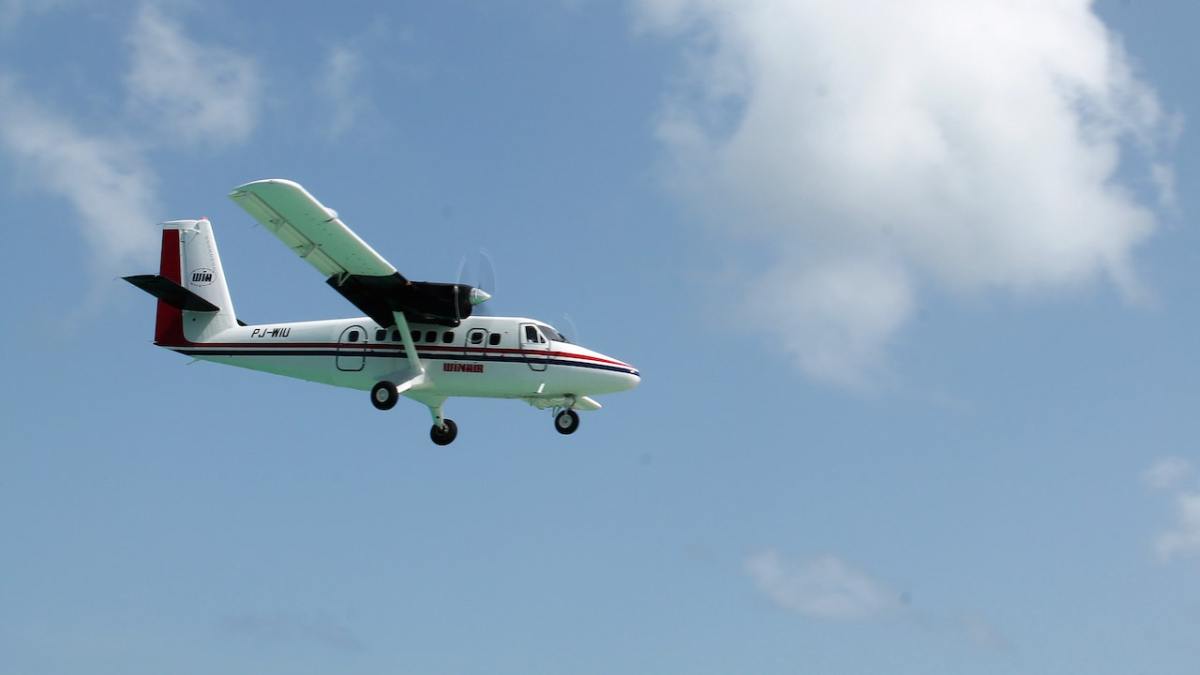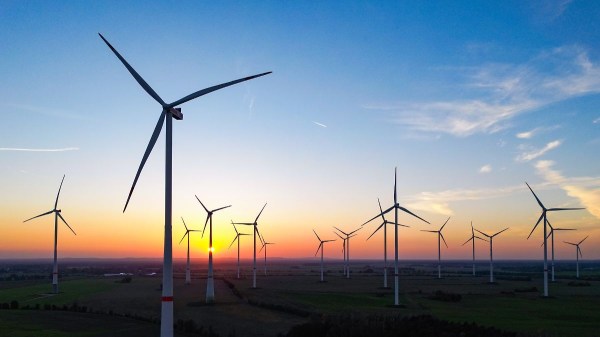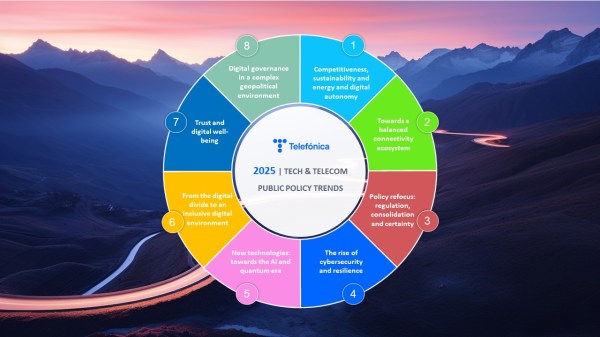The race to reduce the carbon footprint in all sectors is a challenge that must be completed as soon as possible, and for which no effort can be spared. This is also the case for air transport, which has its own quest to join other means of transport in the sustainable transport club.
The aviation sector is working on different initiatives to reduce pollution, by either using aircraft with 100% sustainable aviation fuel (SAF), powered by an electric motor or hydrogen.
At a recent forum on sustainable regional aviation in Valencia, organised by Air Nostrum and the European Regional Airlines Association (ERA), emphasis was placed on the efforts airlines and companies in the sector are making towards decarbonisation.
Reduced emissions
In this quest, Air Nostrum’s executive president, Carlos Bertomeu, pointed out that this is a transport with a lower impact in terms of emissions than others.
In Spain, domestic aviation emits 2% of greenhouse gases, against 28% from cars, 17% from electricity production and 9% from residences.
Despite these figures, companies believe that the way to reduce the industry’s carbon footprint in the short term is through the use of sustainable aviation fuel (SAF), calling for greater accessibility and affordability of this sustainable fuel, which is currently scarce and very expensive.
In fact, Airbus España plans to have its aircraft flying on 100% SAF fuel by 2030, and aims to be “the first manufacturer to have the first flying zero-emission aircraft”.
On its part, ATR, the regional aircraft manufacturer, has set 2025 as the date by which it expects to be 100% SAF certified. This will result in emissions of 8 grams of fuel per seat and kilometre, against the current 71 grams.
One of the particularities of this sustainable fuel is that as it is a chemical that is analogous to paraffin, no aircraft or engine modifications are required for its use.
Iberia investment
On its part, Iberia points to its “investments of millions” towards the search for a more efficient fleet. It began working on this goal in 2013 by using aircraft with technology capable of emitting less CO2 into the atmosphere.
In addition, last November was witness to the first flight in Spain, Madrid-Bilbao IB 426, to use biofuel produced from the recovery of waste at a refinery, through an agreement between Repsol and the airline itself.
Electric and hydrogen
Sustainable transport in the aviation sector is not only about the use of sustainable fuel, but also about other alternatives, perhaps with a longer time frame for implementation, such as electric or hydrogen-powered aircraft.
In fact, there are already quite a few projects in search of an aircraft that was 100% electric, including a Spanish project, such as the one led by the partnership comprising Volotea, Air Nostrum and the technology company Dante Aeronautical, based in Spain and Australia, which plans for the aircraft to get its fit-to-fly certificate in 2024.
It is an aircraft designed for connecting flights between small population centres thanks to its low operating costs, through the use of hydrogen battery technology.
This project, submitted to the Spanish Ministry of Transport, Mobility and Urban Agenda (MITMA per its Spanish initials) in the context of the Sustainable and Digital Transport Support Programme of the Recovery, Transformation and Resilience Plan, foresees the certification of the first aircraft in 2024, to then begin a period of industrialisation and commissioning, with different models expected to be operational by 2026.
Electric seaplanes
Dante Aeronautical in particular has several collaboration agreements in place concerning the future electrification of seaplanes, such as its agreement with Isla Air Express, a company that wants to link the peninsula with the Balearic Islands and among the islands themselves by means of seaplanes, without emissions and with a noise reduction.
In fact, Dante is also working to make the Cessna Caravan aircraft the first all-electric aircraft certified by the Australian Civil Aviation Safety Authority, under its agreement with Sydney Seaplanes.
Electric air taxis
The airline industry is determined to take this step towards sustainable transport in all areas, and another example of this pursuit is the Catalan startup AAM, which has created a prototype of an on-demand electric air taxi to save time on urban and interurban journeys, and expects it to be able to reach a speed of 300 kilometres per hour.
AAM estimates that each flying taxi model will cost 200,000 euros and it is foreseen they will be deployed by 2025, with a 100% electric, fixed-wing design similar to that of STOL aircraft, allowing for take-off and landing distances to be reduced to less than 50 metres so that it can use helicopter runways.
The vehicle’s cabin allows two people to travel without the presence of a pilot, as the flight is autonomous.
The electric air taxi is far from being an unofficial project. The US space agency NASA itself began testing an electric vertical take-off and landing aircraft (eVTOL) in 2021, which will serve as an air taxi, clearing traffic and providing a faster user service.
People and goods
The idea behind this is for these aircraft to serve as air taxis for those in cities and surrounding areas across the country, adding another mode of transport for the circulation of people and goods.
There is still a long way to go in terms of sustainable transport in the aviation sector, but more and more steps are being taken ever since the European Aviation Safety Agency (EASA) certified the first fully electric aircraft owned by the Slovenian company Pipistrelun‘s Velis Electro. This was on 10 June 2020.
While this was not the first aircraft to be able to take to the skies with an electric motor, the Velis Electro, an ultralight two-seater, only 6.47 metres in length with a wingspan of 10.71 metres and a payload capacity of 172 kilos, which allows flights of up to 50 minutes at a maximum speed of 200 kilometres per hour, was the first to be officially certified
A commitment to hydrogen
With regard to the use of hydrogen, this year, the Airbus Group presented a programme in collaboration with engine manufacturer CFM International, a subsidiary of General Electric (GE) and Safran. The programme’s purpose is to adapt one of CFM’s engines, the GE PassportTM turbofan, to run on hydrogen, a fuel that, unlike paraffin, does not produce pollutant emissions when burned.
This engine was chosen because of its size, advanced turbomachinery and fuel flow.
To this end, it will be mounted on the fuselage of an A380, Airbus’ giant aircraft, which will in turn serve as an in-flight test bench and will be equipped with liquid hydrogen tanks. An intensive ground testing programme will be carried out beforehand.
It is expected to be available for commercial sale by 2035.
Although the European corporation is showing its clear commitment to hydrogen aircraft for decarbonisation, among its current priorities for CO2 emission reduction is the replacement of part of the paraffin in planes with sustainable aviation fuels (SAF), as mentioned above.
Additional measures
Another development for which they advocate is better flight management, with more direct flight paths between departure and arrival airports, or less paraffin consumption during airport operations by using tractor units that can pull aircraft from runways to parking areas for passenger boarding.
But Airbus is not alone in this race for electric aircraft—all the major players in the industry are working towards electric aircraft. This is the case of Boeing, which collaborates with GE Aviation on hybrid electric propulsion systems. It’s also the case of Brazil’s Embraer, which has a subsidiary, Eve, that is already developing electric horizontal take-off and landing (eVTOL) aircraft and which is currently listed on the New York markets.
Meanwhile, British aero-engine manufacturer Rolls-Royce has announced the development of the “world’s fastest all-electric aircraft“, which reached a maximum flight speed of 623 km/h during testing.
The so-called “Spirit of Innovation” aircraft is powered by a 400 kW electric powertrain and uses “the highest power density propulsion battery pack ever built in the aerospace industry”, according to the UK company.
The race to reduce or eliminate CO2 emissions in the aviation industry has only just begun, and promises to revolutionise the canons we have known up to now, grounded on clean and sustainable energy.
Furthering sustainable development is an obligation for all sectors, including aeronautics, and new digital tools must be central to this sustainable development.












